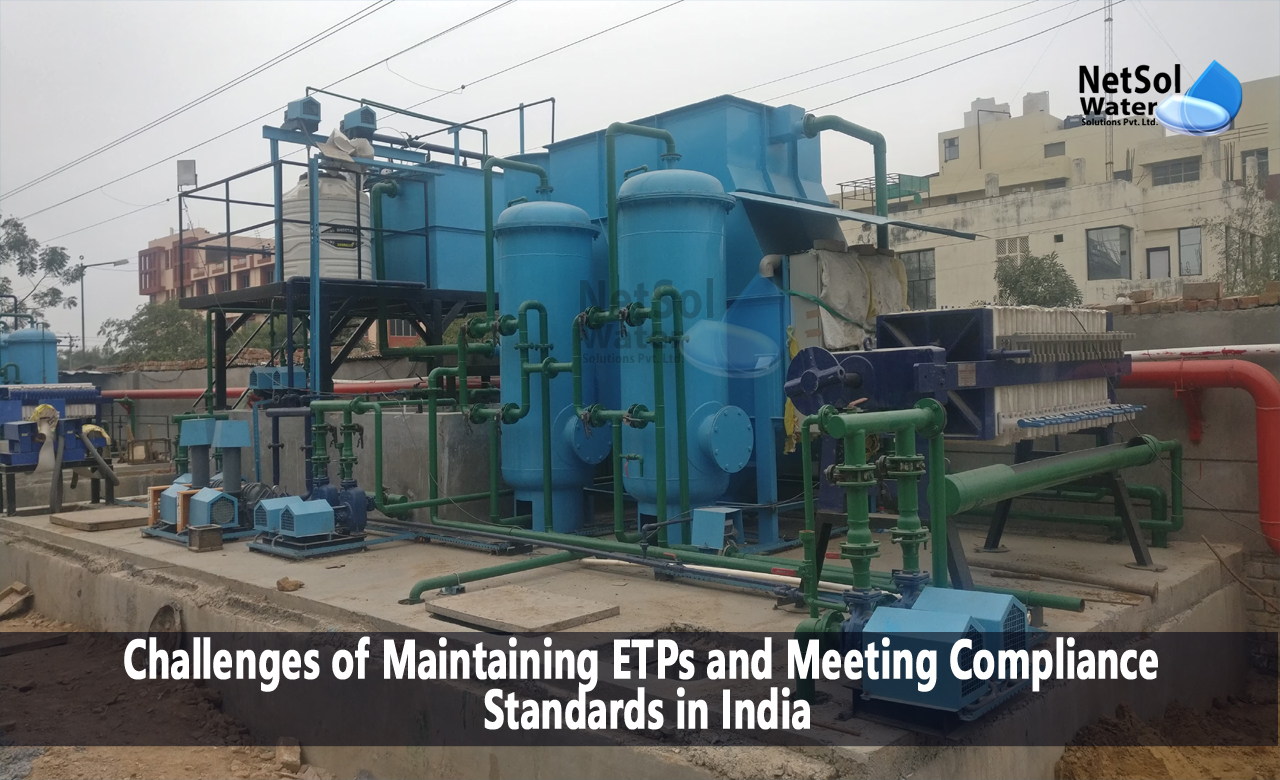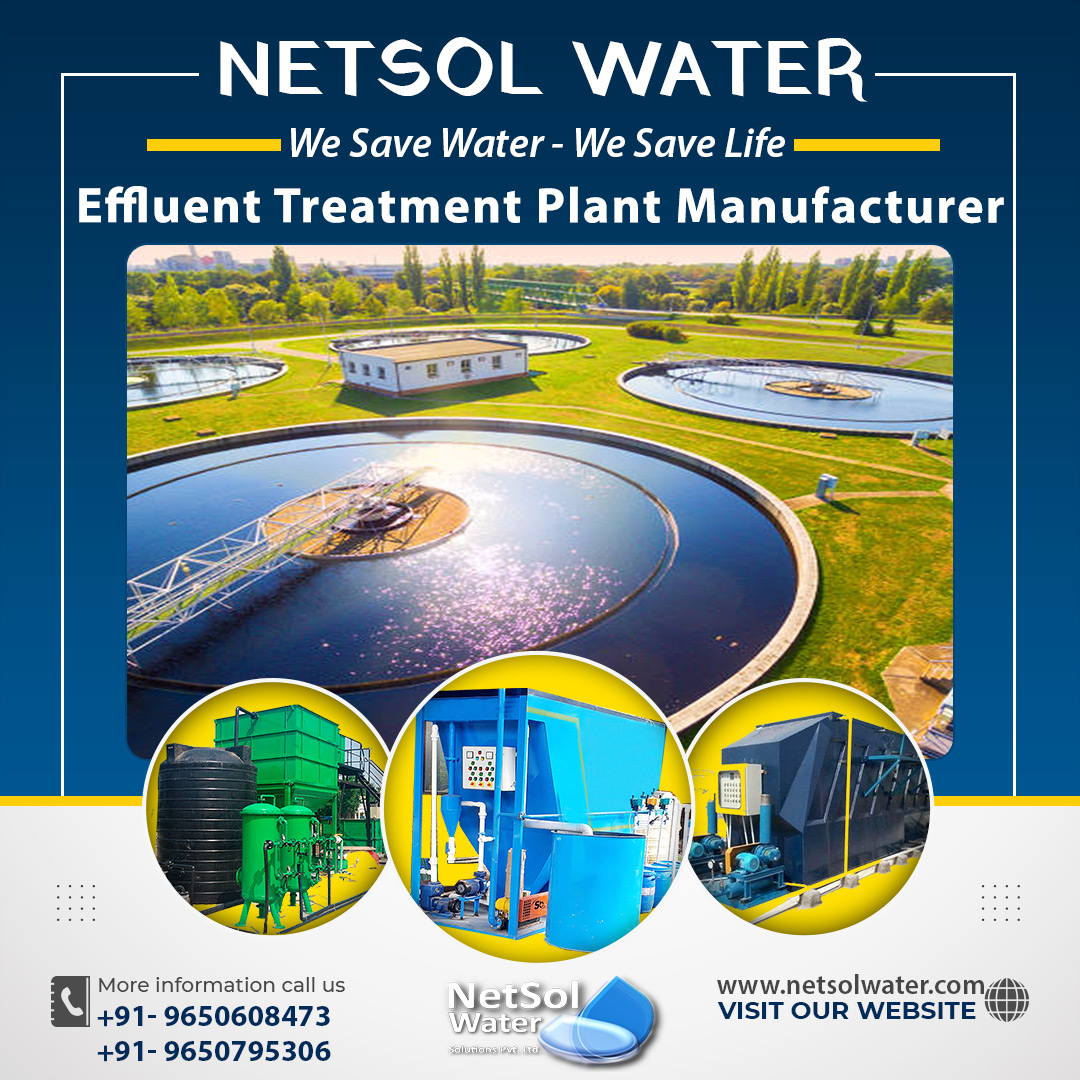What are the Challenges of Maintaining ETPs and Meeting Compliance?
By processing industrial wastewater and making sure that the effluents released into the environment adhere to environmental standards, Effluent Treatment Plants (ETPs) are essential in reducing environmental pollution. ETPs are crucial to India's ability to protect its water resources and maintain steady industrial growth. However, there are many obstacles to sustaining ETPs and adhering to compliance standards in India, such as complex regulations, technological constraints, and financial considerations.
Regulatory Complexities
The complicated regulatory environment in India is one of the biggest obstacles to sustaining ETPs and adhering to compliance requirements. The federal, state, and local governments in the nation are all part of a multi-tiered regulatory system, each with its own set of guidelines. Because industries have to sort through a confusing web of permissions and laws, this regulatory fragmentation frequently causes uncertainty and confusion for them.
Moreover, enterprises find it challenging to keep current and compliant due to India's constantly changing regulatory norms. Constant adaptation is required because to the frequent changes in effluent discharge limits and compliance requirements, which can be expensive and time-consuming.
Technological Limitations
The constraints imposed by the state of the technology are another major obstacle to ETP upkeep. Cost concerns prevent many companies, particularly small and medium-sized businesses (SMEs), from investing in cutting-edge wastewater treatment systems. This may lead to less-than-ideal treatment procedures, which could violate effluent discharge regulations.
In addition, one of the key problems in India is the lack of qualified personnel to manage and operate sophisticated ETPs. To guarantee that the technology is used successfully and efficiently, proper training and education in wastewater treatment are essential. It can be difficult to meet regulatory standards and impair the efficiency of ETPs due to a lack of skilled staff.
Economic Considerations
When it comes to maintaining ETPs and adhering to environmental standards, cost is a significant consideration for enterprises. An ETP can be extremely expensive to set up, run, and maintain, particularly for SMEs. This results in a resistance to making the required investments in technology and infrastructure as well as in routine maintenance and updates.
Furthermore, rather than seeing environmental compliance as an investment in sustainable practises, industries instead see it as an expenditure. It can be challenging to convince enterprises to prioritise ETP maintenance and compliance since short-term economic concerns occasionally trump long-term environmental benefits.
Lack of Infrastructure
Effluent treatment infrastructure is lacking in many parts of India, particularly in rural and semi-urban areas. Businesses in these sectors can have trouble locating appropriate sites for ETPs. Even if they do, it might not be possible to achieve compliance standards because the infrastructure isn't strong enough to handle advanced treatment procedures.
Furthermore, as enterprises need a specific amount of water to properly dilute and treat their effluents, a lack of freshwater might be problematic for dilution-based treatment techniques. This constraint can be especially detrimental to ETP compliance and maintenance in areas where water is scarce.
Enforcement and Monitoring
Even if rules and laws are in place, monitoring and enforcement are frequently lax in India. A lack of incentive to invest in ETPs and maintenance results from the fact that many businesses do not face severe penalties for noncompliance. In addition to making it difficult to satisfy compliance standards, this lenient enforcement unfairly disadvantages complying industries.
Solutions and Recommendations
Several actions can be taken to solve these issues and enhance the upkeep of ETPs and compliance standards in India:
Simplify and Harmonize Regulations: Confusion can be eliminated and compliance can be easier to attain by streamlining and harmonizing the federal, state, and local regulatory frameworks.
Encourage Technology Transfer: Through government incentives and assistance programmers, SMEs can be assisted in gaining access to cutting-edge and economically viable wastewater treatment technologies.
Invest in Training and Education: To develop a workforce with the necessary skills to efficiently operate and maintain ETPs, improve vocational training and education in wastewater treatment.
Economic Incentives: Provide economic incentives such as tax breaks, subsidies, or grants to industries that invest in ETPs and sustainable wastewater treatment practices.
Strengthen Enforcement: To guarantee that non-compliant industries receive the proper consequences and level the playing field for all, enhance monitoring and enforcement tools.
Public Awareness: Spread the word about the value of environmental compliance and ETPs to the general public. This will instill a feeling of accountability in both customers and businesses.
Conclusion:
In India, maintaining wastewater treatment plants and adhering to regulations is a complex task that involves a number of factors, including economic concerns, technological constraints, and regulatory complications. To guarantee environmental sustainability, safeguard water supplies, and encourage responsible industrial growth, these issues must be addressed. India can overcome these obstacles and move towards a cleaner and more sustainable future through coordinated efforts from the government, businesses, and civil society.




